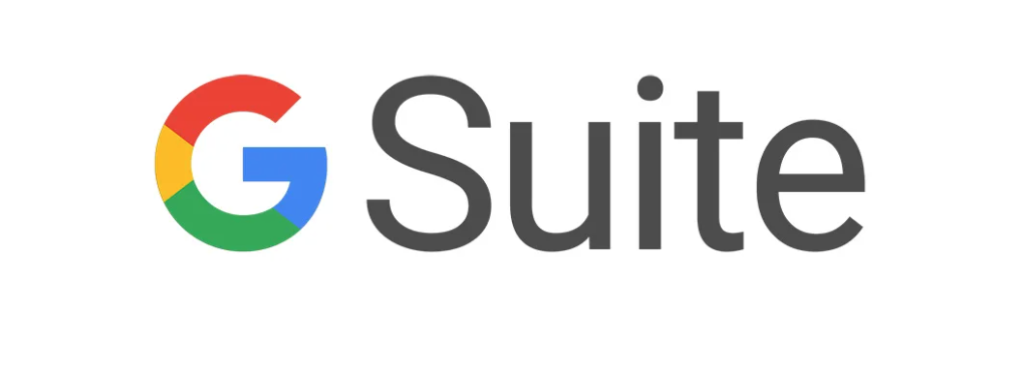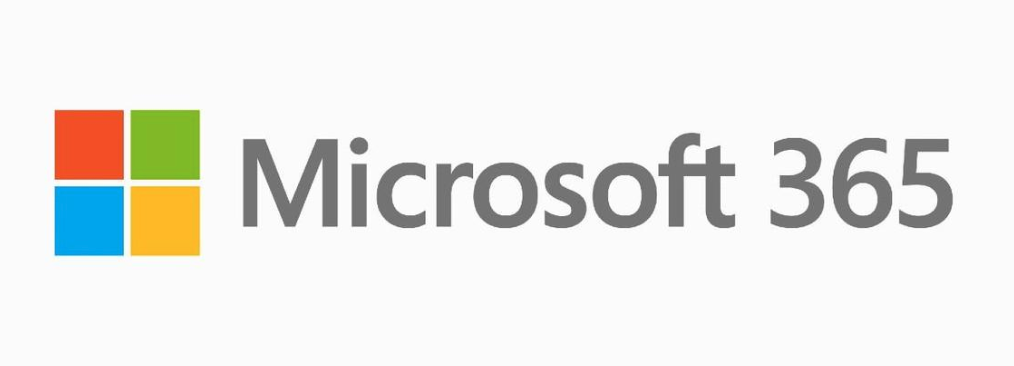It seems that in all walks of life there are either/or choices to be made. And even in those circumstances where the ideal solution is a bit of both, you are likely to have a personal preference for one option or the other.
It is no different with office – or productivity – suites. The main two contenders are Google Suite (GSuite) and Microsoft 365. Both are popular, and both offer a wide range of functionality. But how do you choose the best one for your business? Does it just come down to personal preference, or are there winning factors on either side?
In this article we take a brief look at some of the main features of Google Suite and Microsoft 365, and share some tips and tricks that may help your digital marketing agency to work smarter but not harder.
The six main features of GSuite and Microsoft 365
Gmail is fast becoming the most popular email system in the world. Of 4.66 billion email account owners worldwide, 1.8 billion use Gmail.
From a business point of view, both Google and Microsoft enable you to set up business-related email addresses i.e. with your company domain. This can make customer interaction and email marketing look much more professional.
Depending on the version of Google Suite or Microsoft 365 you have, you can also create as many users as you like, each with their own email address. You can also group users to make it easier to manage permissions, for example related to group messaging and file sharing.
Microsoft enables you to access your email offline using a wide variety of browsers, including Internet Explorer, Google Chrome, Safari and Firefox. You can also access your email offline using Google, but only in the Google Chrome browser.
In both Google Suite and Microsoft 365 emails can be recalled within a certain time period. They can also be organised either by labels or folders, and you can set up filters to sort emails as they arrive in your inbox.
Software/apps
Both Google Suite and Microsoft 365 offer easy-to-use online software such as word processing, spreadsheets and presentations. They are generally compatible with each other, or at least can be saved into the other platform’s version of the software.
Microsoft 365 has downloadable full desktop versions of its popular software such as Word, Excel and Powerpoint. Both Google Suite and Microsoft 365 also have apps for their software. It could be argued that Microsoft offers the best – and most widely used – desktop software, but that Google’s software apps are better.
As well as the standard office products you would expect, both Google Suite and Microsoft 365 can be enhanced by a wide variety of add-ons, particularly Google. G Suite Marketplace is an app store where you can find thousands of apps that integrate with Google Suite. There is also a Microsoft Commercial Marketplace divided into two stores – Azure Marketplace and Microsoft AppSource – offering cloud applications to IT developers and businesses respectively.
Storing and sharing documents
Both Google Suite and Microsoft 365 enable users to store folders and documents online, in Google Drive and OneDrive respectively. Using Google Drive or Microsoft Sharepoint, documents can be shared between users and, depending on their permissions, they may also be able to edit or comment on these documents. This can be an invaluable aid to collaborative working.
Calendar management
Both Google Suite and Microsoft 365 offer personal and shared calendars. The Microsoft Outlook personal calendar can also run on your desktop without an Internet connection, but Google will only run in your browser.
Google is particularly strong on multiple calendars, which can be a great help if your company has multiple departments or branches that need different calendars to schedule their day.
Both calendars enable you to schedule meetings and events, and invite guests.
Online meetings
Both Google Suite and Microsoft 365 also offer a video conferencing facility – Google Meet and Teams respectively. These can be automatically added to meeting invites on your calendar.
Cloud storage
Everything you do in Google Suite or Microsoft 365 automatically gets stored in the cloud, including emails, files and conversations.
You can also download email attachments directly to your Google or OneDrive instead of saving them onto your device. Not only does this save time and storage space, but it also makes the attachment accessible from any device you are using anywhere.
So as we have seen, there are many similarities between Google Suite and Microsoft. But let’s take a quick look at five specific features of each that do differ slightly and that you may not already be aware of.
Tips and tricks with GSuite and Microsoft 365

-
Team task lists
You can create team-based task lists, and assign tasks to team members. Tasks can then easily be seen and tracked.
-
Workspaces
Workspaces enable you to group together folders and documents that you are likely to want to use in conjunction with one another.
-
Expiring files
You can allocate expiration dates to folders and documents that you only want to be visible to someone for a fixed period of time.
-
Email analytics
Google’s email analytics feature can enable you to analyse the email activity of you and your team, to help understand the volume of emails sent and received, and your average email response time.
-
Forms
Google Forms is a great way to quickly create quizzes, surveys and polls for both internal and external use, and will set up a spreadsheet to collate the responses.

-
Tell Me
Microsoft’s Tell Me feature provides a text field for you to enter words or phrases about what you need help with and it will direct you to the relevant features that will help you.
-
Expiring links
Sensitive files can be password protected and given expiry links that will only allow access for a limited time.
-
Attach documents direct from OneDrive
When attaching a document to an email, you can do this directly from OneDrive using the Share function in Sharepoint.
-
Create groups and sites
Microsoft 365 enables you to set up groups of users and then share features such as chat, calendars, documents, sites and pages.
-
Mention
The @mention feature enables you to refer to people in an email message, and they will then see from their inbox that they are in the conversation.
Which to choose: GSuite or Microsoft 365?
The billion dollar question! As we have seen, both office suites offer a wide range of features and facilities, and both are well capable of doing most of the things that your digital marketing agency is likely to want to do.
Opinion is divided. It is difficult to find precise “like for like” numbers but, according to Statistica, Office 365 is currently used by over a million companies worldwide, and around 212000 in the UK. Whereas Google revealed that by the end of 2020, there were more than 2 billion individual users worldwide on G-Suite.
Some experts say that, whilst both productivity suites are excellent business tools, Microsoft 365 may be stronger on product features – such as office software – but Google Suite perhaps more flexible and intuitive for making collaboration easy.
In the end it may all come down to cost. Whilst there are currently free versions of both office suites, you will need to pay for enhanced versions depending on the amount of storage and the particular kinds of features you want.
So the best thing to do is firstly carry out a careful analysis of the storage and features that you will need, and we hope this article has helped to point you in the right direction. Then you will be in an informed position to find out from both Google and Microsoft the relative costs of what you are looking for.
Check back soon with us at Xcite Digital for more helpful tips for your digital marketing agency.
